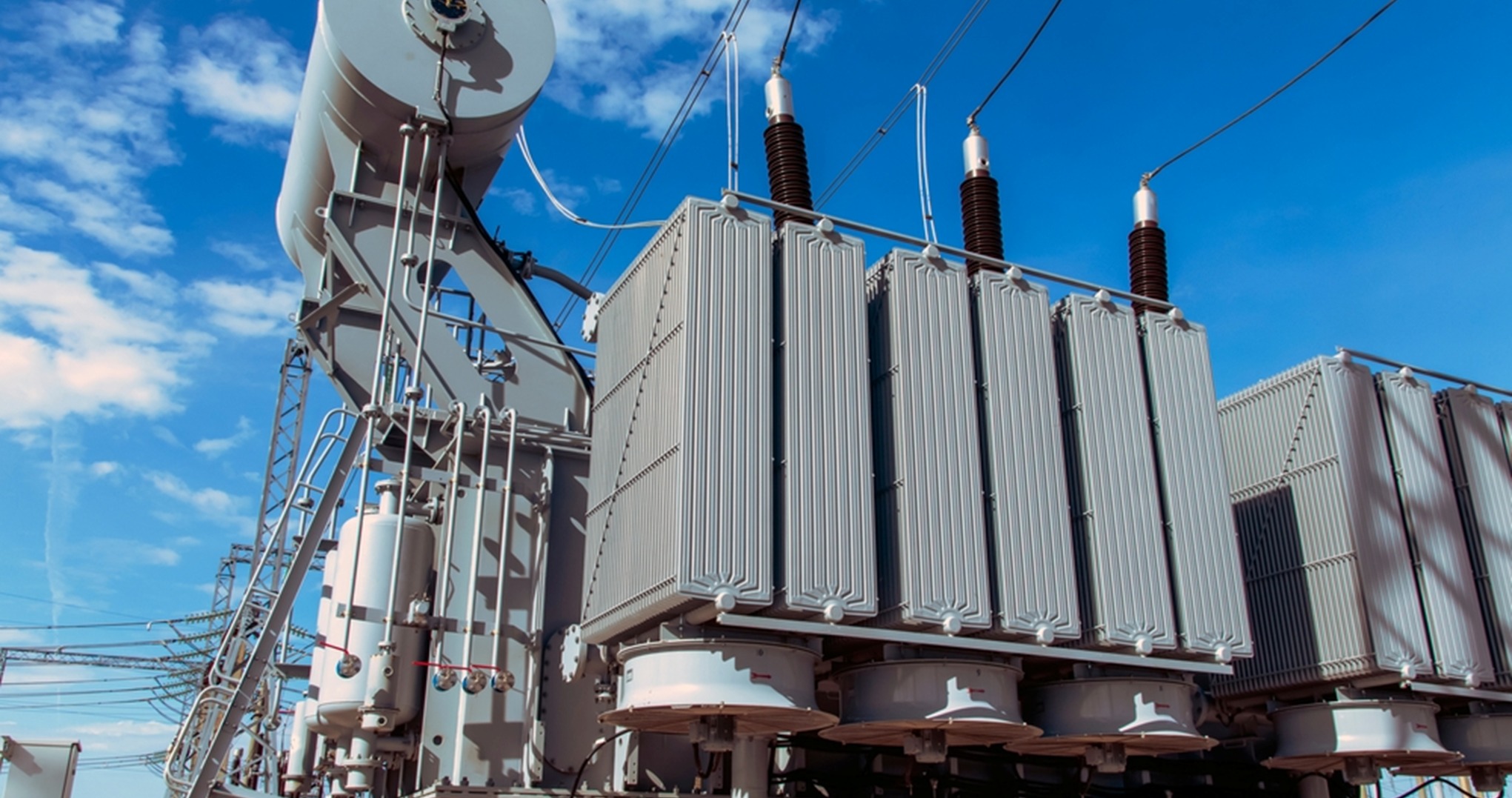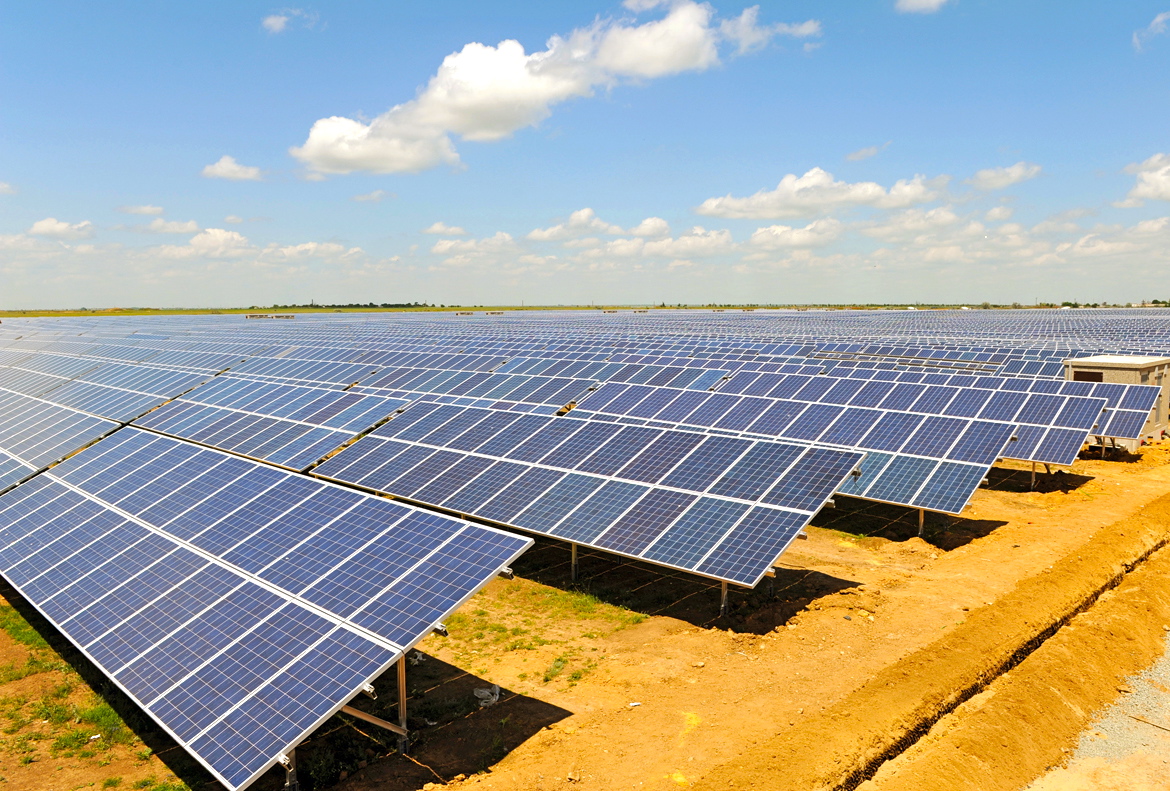Our recommendations
Last Update
15 August 2023
Policy support indexation for development of India as a hydrogen economy
Policies to support Hydrogen
Hydrogen use across various end uses. However, due to previous focus on land transport uses for hydrogen, about two-thirds of the policies targeted the transport sector.
Most countries include FCEVs with battery electric vehicles in their zero emission vehicle policies. This gives FCEVs the opportunity to benefit from incentives given to zero emission vehicles in general, without the need for policies that specifically promote hydrogen use.
The past two years, however, represented a game-changing moment for green hydrogen policies, with interest rising around the world. Many countries (including Austria, Australia, Canada, Chile, France, Germany, Italy, Morocco, the Netherlands, Norway, Portugal and Spain, along with the European Union) announced, drafted or published national hydrogen strategies and post-COVID-19 recovery packages that included support measures for clean hydrogen. Further, India’s ambitious drive for green hydrogen involves a ₹ 15,000-crore PLI scheme for electrolyser production. The aim of the government is to bring down the cost of green hydrogen to $1 per kg.
Most countries include FCEVs with battery electric vehicles in their zero emission vehicle policies. This gives FCEVs the opportunity to benefit from incentives given to zero emission vehicles in general, without the need for policies that specifically promote hydrogen use.
The past two years, however, represented a game-changing moment for green hydrogen policies, with interest rising around the world. Many countries (including Austria, Australia, Canada, Chile, France, Germany, Italy, Morocco, the Netherlands, Norway, Portugal and Spain, along with the European Union) announced, drafted or published national hydrogen strategies and post-COVID-19 recovery packages that included support measures for clean hydrogen. Further, India’s ambitious drive for green hydrogen involves a ₹ 15,000-crore PLI scheme for electrolyser production. The aim of the government is to bring down the cost of green hydrogen to $1 per kg.
The stages of green hydrogen policy support
Regulatory structure - from ambiguity to clarity
As the penetration of green hydrogen technologies increases and costs come down, policies will have to evolve accordingly. The briefs following this report use the concept of policy stages to reflect the evolution of policy needs with the increased deployment of green hydrogen. Here are the three basic steps and the overall milestones for each:
Step 1: Technology Readiness - At this stage, hydrogen is a niche technology with little use except in demonstration projects; it is mostly produced on-site with limited infrastructure development. The largest barrier to greater use is cost. The main role of policy makers is to encourage and accelerate further deployment of electrolysers. This can be done in part through long-term signals, such as a commitment to net zero emissions, which offer certainty to the private sector and improve the business case for hydrogen especially green hydrogen for India.
As important, however, are shorter-term policies that help to close the investment and operational cost gaps. These include research and development (R&D) funding, risk mitigation policies and co-funding of large prototypes and demonstration projects to decrease the cost of capital. In addition, end uses still at the demonstration stage may need dedicated mission-driven innovation programmes with clear timelines and collaboration with the private sector to accelerate their commercialisation. Supportive governance systems and guidelines should also be put in place at this stage, ensuring that the growth of green hydrogen is sustainable.
Step 1: Technology Readiness - At this stage, hydrogen is a niche technology with little use except in demonstration projects; it is mostly produced on-site with limited infrastructure development. The largest barrier to greater use is cost. The main role of policy makers is to encourage and accelerate further deployment of electrolysers. This can be done in part through long-term signals, such as a commitment to net zero emissions, which offer certainty to the private sector and improve the business case for hydrogen especially green hydrogen for India.
As important, however, are shorter-term policies that help to close the investment and operational cost gaps. These include research and development (R&D) funding, risk mitigation policies and co-funding of large prototypes and demonstration projects to decrease the cost of capital. In addition, end uses still at the demonstration stage may need dedicated mission-driven innovation programmes with clear timelines and collaboration with the private sector to accelerate their commercialisation. Supportive governance systems and guidelines should also be put in place at this stage, ensuring that the growth of green hydrogen is sustainable.
Do you want to seek Eninrac assistance in helping you resolve some critical business issues? Engage with us and reach out to our experts by using the Request for Proposal (RFP) form.
BEST VISION IS INSIGHT
Combine market knowledge and your skill to contribute value for end consumers

Transformer Sales Surge: ₹75,000 Crore Opportunity Ahead

Solar Parks Development Status in India

EU Solar Market 2024: Utility- Scale Resilience Amidst A Slumping Rooftop
Get started with
EI Market personalised demo
Complete the form to get in touch with our sales team to see our Visionboard platform in action. We'll show you how you can use eninrac to build a culture of action of consistently hunting down and eliminating poor market research expriences across your companies line of business


